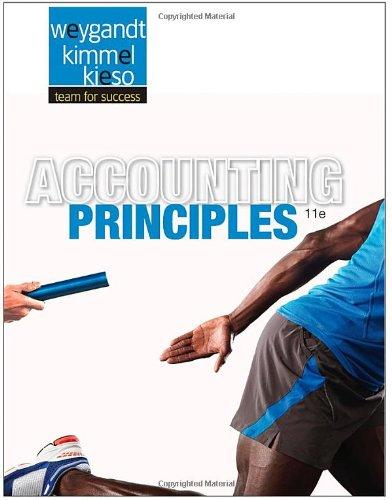Answered step by step
Verified Expert Solution
Question
1 Approved Answer
Carr Corporation's comparative balance sheet and income statement for last year appear below: Comparative Balance Sheet Ending Balance Beginning Balance Cash and cash equivalents

Carr Corporation's comparative balance sheet and income statement for last year appear below: Comparative Balance Sheet Ending Balance Beginning Balance Cash and cash equivalents Accounts receivable Inventory Prepaid expenses Long-term investments Property, plant, and equipment i Less accumulated depreciation Total assets Accounts payable Accrued liabilities Income taxes payable Bonds payable Common stock Retained earnings Total liabilities and stockholders' equity $ 3,060 $ 25,070 88,000 77,390 41,300 48,410 9,810 16,500 252,000 208,000 489,600 318,600 566,500 339,200 $ 621,478 $ 546,370 17,850 $9,180 25,680 $ 27,250 53,900 50,600 176,000 210,000 152,000 140,000 204,710 $ 621,470 100,670 $ 546,370 Income Statement Sales Cost of goods sold Gross margin Selling and administrative expense Net operating income Income taxes Net income $ 926,500 486,000 440,500 286,200 154,300 41,300 $113,000 The company declared and paid $8,960 in cash dividends during the year. It did not dispose of any property, plant, and equipment during the year Required: Prepare the operating activities section of the company's statement of cash flows for the year using the direct method (Enter all amounts as positive values except for adjustments to cash basis that are deducted,
Step by Step Solution
There are 3 Steps involved in it
Step: 1

Get Instant Access to Expert-Tailored Solutions
See step-by-step solutions with expert insights and AI powered tools for academic success
Step: 2

Step: 3

Ace Your Homework with AI
Get the answers you need in no time with our AI-driven, step-by-step assistance
Get Started


